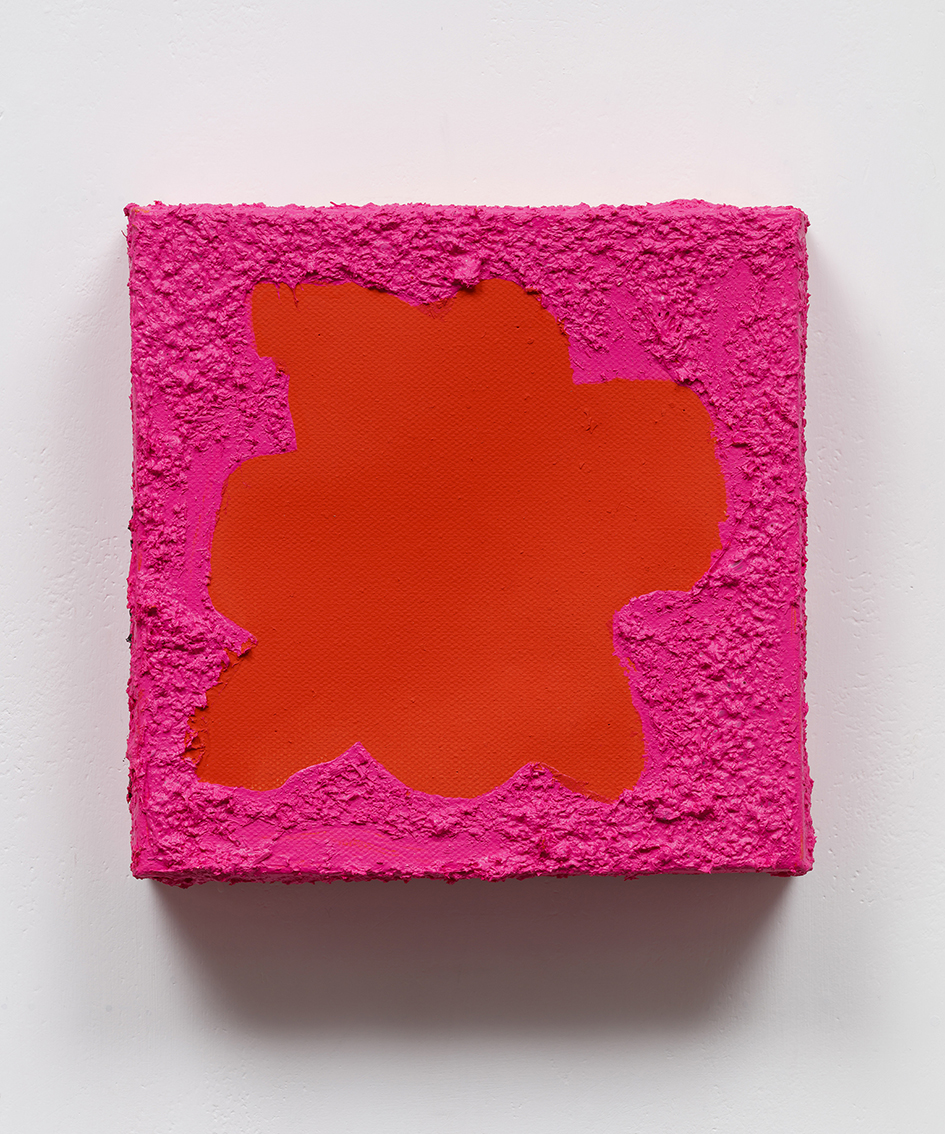| The Cubist Paintings of Diego María Rivera 1886-1957 2007/08/09 22:30 |
|
| |
| 원문출처 : ariel's treasure | |
| |
|
An Exhibition at the National Gallery of Art - Washington D.C.
Diego María Rivera (1886-1957) is one of the most prominent Mexican artists of the twentieth century. He gained international acclaim as a leader of the Mexican mural movement that sought to bring art to the masses through large-scale works on public walls. In his murals of the 1920s and 1930s Rivera developed a new, modern imagery to express Mexican national identity, which featured tylized representations of the working classes and indigenous cultures and espoused revolutionary ideals. This exhibition highlights Rivera's early foray into cubism, a less known but profoundly important aspect of the artist's development, in which his interest in themes of nationalism and politics first emerges.
During his time abroad (1909 - 1921), Rivera drew upon the radical innovations of cubism, inaugurated a few years earlier by Pablo Picasso and Georges Braque. Rivera adopted their dramatic fracturing of form, use of multiple perspective points, and flattening of the picture plane, and also borrowed favorite cubist motifs, such as liqueur bottles, musical instruments, and painted wood grain. By 1913 Rivera had fully embraced the pictorial language of cubism in canvases such as Still Life with Balalaika.
Still Life with Balalaika, 1913 Portrait of Adolfo Best Maugard, 1913
In spring 1914 the Chilean painter Ortiz de Zárate arrived at Rivera's studio with the directive, "Picasso sent me to tell you that if you don't go to see him, he's coming to see you." Rivera had ornamented his studio walls with reproductions of the Spanish artist's works and referred to him as "mi maestro"; the two quickly became friends. A painting that may have been inspired by Rivera's studio visits is Sailor at Lunch, which recalls a cubist painting by Picasso of a similarly mustachioed student reading a newspaper.
Tour Eiffel (Eiffel Tower), 1914
No. 9, Nature morte espagnole (Spanish Still Life), 1915
When Rivera returned to Paris in late March 1915, he found a city radically changed by the onset of war. As Paris itself was only seventy-five miles from the front lines, the streets were routinely filled with soldiers, and those men not in uniform were met with curfews, suspicion, and in some cases, open hostility. The artistic community in Montparnasse had dispersed. Braque and Apollinaire were among the many artists now in the trenches, while others had decamped to neutral zones to avoid conscription. Salons were suspended, numerous galleries were closed, and buyers were scarce. This was a period of great hardship for many of the artists who remained in the city, including Rivera and Beloff. Still Life (Mallorca) was produced in Paris in such a climate, from studies made during Rivera's trip to the Balearic Islands.
Still Life (Mallorca), 1915 Still Life with Gray Bowl, 1915
Over the course of 1915, Rivera's comprehension of the dire situation in Mexico was significantly heightened by visits from Martín Luis Guzmán, a journalist who had spent a year with Pancho Villa's guerrilla army and was exiled in Spain. In Rivera's Portrait of Martín Luis Guzmán, painted in Paris that year, Mexican iconography is utilized to compelling effect. Rivera highlights the writer's Mexican identity, portraying him seated in an equipal (reed chair) and wearing a boldly colored Zacatecan serape. Executed in the summer of 1915 at the height of the Mexican Revolution, Zapatista Landscape illustrates the increasing politicization of Rivera's work. The depicted objects (sombrero, serape, rifle, and cartridge belt), placed before the mountains of the Valley of Mexico, evoke the peasant revolution.
Portrait of Martín Luis Guzmán, 1915
Paisaje Zapatista (Zapatista Landscape), 1915
| |
'Contemporary Art' 카테고리의 다른 글
| Ellsworth Kelly (0) | 2015.07.18 |
|---|---|
| Caroline Wiseman Gallery (0) | 2015.07.18 |
| Howard Hodgkin (0) | 2015.07.18 |
| Jonaithan Mabdell <Mosaics> (0) | 2015.07.18 |
| Mark Rothko (0) | 2015.07.18 |













